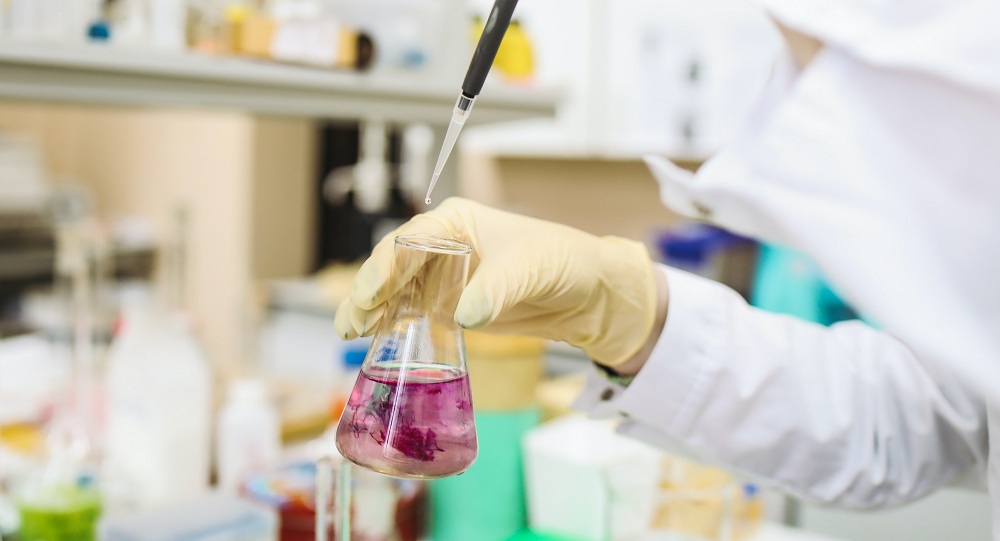Hepatocyte stability tests play a critical role in the early stages of drug discovery and development. These tests help researchers evaluate the metabolism and safety of new drug candidates in the liver, the primary organ responsible for drug biotransformation. In this article, we will explore the importance of hepatocyte stability testing, the methodology behind it, and its applications in the pharmaceutical industry.
What is Hepatocyte Stability Test?
A hepatocyte stability test is an in vitro assay that evaluates the metabolic stability of a drug candidate by measuring the rate at which it is metabolized by liver cells or hepatocytes. This information helps researchers predict the in vivo pharmacokinetics of the drug, including its clearance, half-life, and potential for drug-drug interactions.
Methodology:
Hepatocyte stability tests are typically performed using freshly isolated or cryopreserved hepatocytes from various species, including humans, rats, and dogs. The choice of species depends on the intended target population and the stage of drug development. The test involves the following steps:
Incubation: The drug candidate is incubated with hepatocytes in a suitable buffer at a controlled temperature for a predetermined time.
Sampling: Samples are collected at different time points during the incubation to monitor the rate of drug metabolism.
Termination: The reaction is stopped by adding an organic solvent, such as acetonitrile, which precipitates proteins and terminates the metabolic reactions.
Analysis: The samples are then analyzed using techniques like liquid chromatography-mass spectrometry (LC-MS) to quantify the parent drug and its metabolites.
Data Interpretation: The rate of drug disappearance and the formation of metabolites are used to calculate the metabolic stability parameters, such as intrinsic clearance and half-life.
Applications in Drug Development:
Lead Optimization: Hepatocyte stability tests are vital during the lead optimization phase of drug discovery, helping researchers select drug candidates with favorable metabolic profiles. Compounds with high metabolic stability are less likely to be rapidly cleared from the body, leading to better efficacy and reduced dosing frequency.
Safety Evaluation: Identifying the major metabolites of a drug candidate enables researchers to assess their potential toxicity and the risk of drug-drug interactions. This information is crucial for ensuring the safety of a new drug before it enters clinical trials.
Species Selection: Hepatocyte stability tests can help guide the selection of appropriate animal models for preclinical studies by comparing the metabolic profiles of a drug candidate across different species.
Conclusion:
Hepatocyte stability testing is a powerful tool in the drug development process, providing essential information about the metabolic stability, safety, and pharmacokinetics of new drug candidates. By identifying potential issues early in the development process, hepatocyte stability tests can save time, reduce costs, and improve the chances of successfully bringing a new drug to market.









